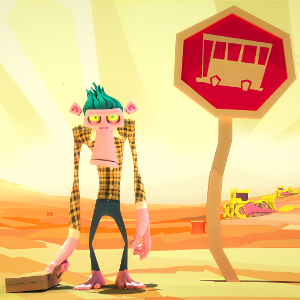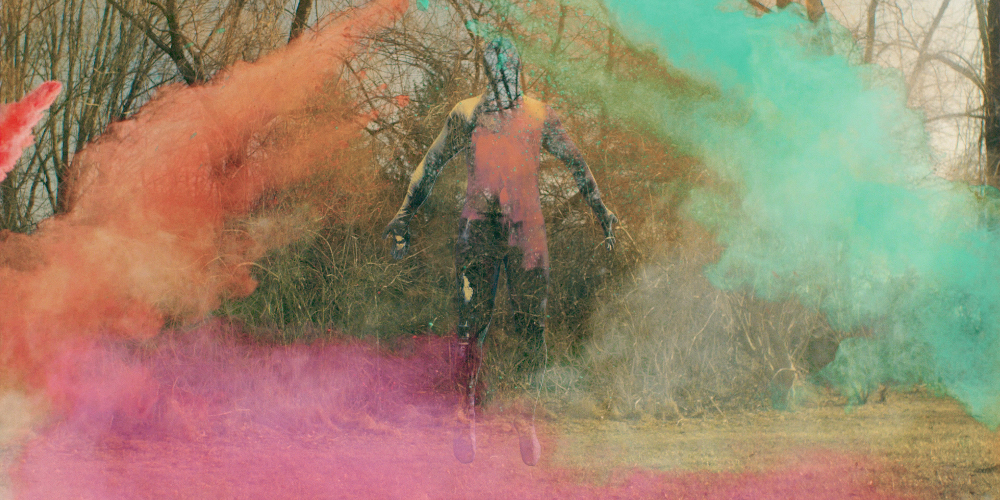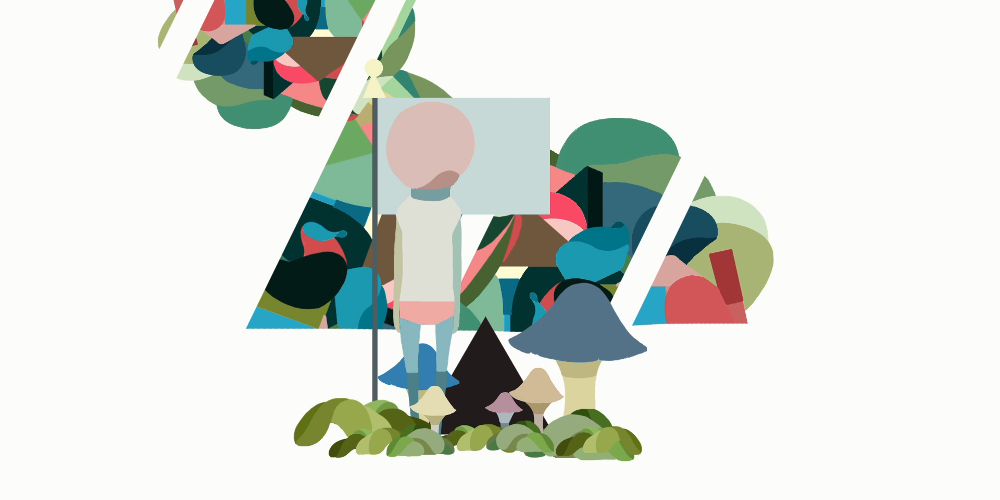The Ars Electronica Animation Festival showcases the outstanding creative work filmmakers are currently doing in very diverse areas in the animation field - applications in art, science, R&D and industry.
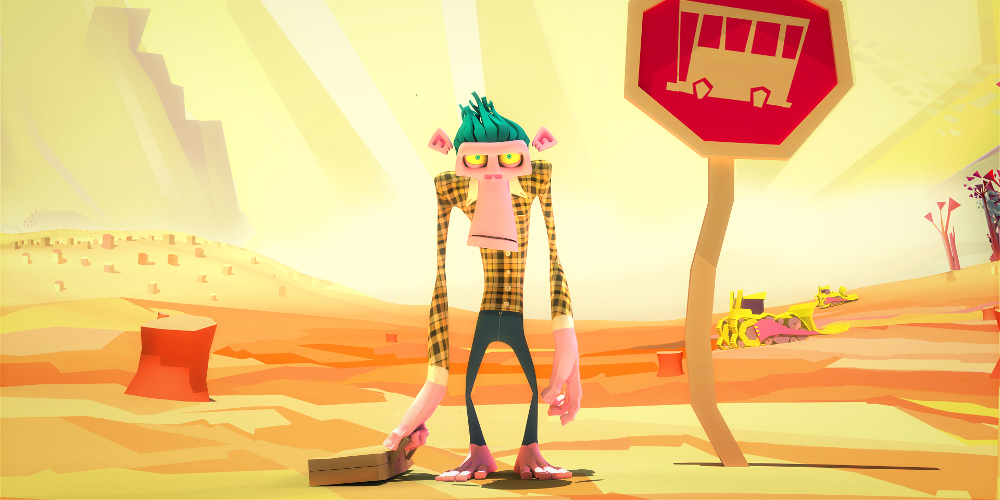 Shave It – Fernando Maldonado, Jorge Tereso (3dar) (AR)
Shave It – Fernando Maldonado, Jorge Tereso (3dar) (AR)
The Ars Electronica Animation Festival showcases a selection of the more than 840 works submitted for prize consideration to the 2014 Prix Ars Electronica. They’re divided into 10 programs that offer a cross-section of the outstanding creative work filmmakers are currently doing in very diverse areas in the animation field—applications in art, science, R&D and industry.
Supplementing the lineup is a Young Animations program, a selection of prizewinning films from last year’s Japan Media Arts Festival and a Campus Genius Awards program also from Japan.
One of the curators of the Ars Electronica Animation Festival is Christine Schöpf, who’s shared artistic direction responsibilities for the Ars Electronica Festival with Gerfried Stocker since 1996. We recently had a chance to chat with her about what festivalgoers can look forward to this year.
There’s a huge number of works submitted to the Prix Ars Electronica every year. What criteria are used to select films for the Animation Festival?
Christine Schöpf: We select from among the entries that are initially shortlisted by the Prix Ars Electronica jury. This year, there were approximately 80 works. Then, we go through them, screen each one, and, right from the outset, consider how they can be grouped thematically. Once we’ve gone through them all and established our themes, we have a certain number of works for each thematic category. Then we rank them again according to quality, whereby we take into account the content, the technique and the degree of innovation. Thus, it’s basically a sort of curatorial process in which we first decide what we’ll include, and then it’s a matter of arranging the works in order to create a certain dramaturgy by varying the lengths and treatments. For instance, it wouldn’t make sense to screen a 20-minute film right at the start; it would be better to put it somewhere in the middle. But this is basically a very simple process.
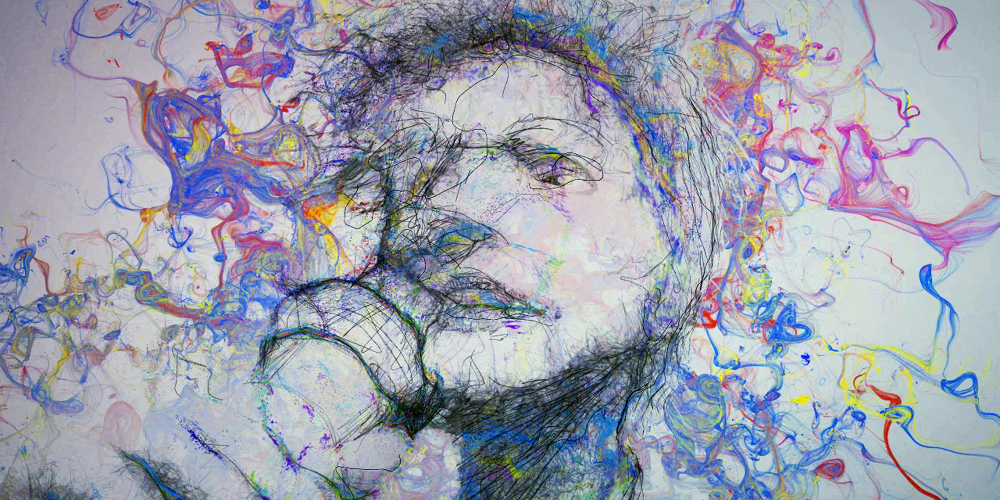 Ghost Are Dancing – Maxime Causeret, Gilles-Alexandre Deschaud (FR)
Ghost Are Dancing – Maxime Causeret, Gilles-Alexandre Deschaud (FR)
The various programs: how do you decide on them?
Christine Schöpf: The programs are determines as part of the initial selection process. In recent years, there have been more and more works from the field of mappings—that is, projections onto landscapes, façades, etc. So, naturally, there’s going to be a program entitled Mapping. Of course, narrative animated films—works with a plot—are an annual mainstay, although I must say there were fewer of them this year. So there’s always a Narration program. Abstract/ Experimental is also in the lineup every year.
So, while we’re viewing the works, we’re also thinking about a possible title for the program. Then we group the works, and when a particular program has been finalized, we decide whether the title is appropriate.
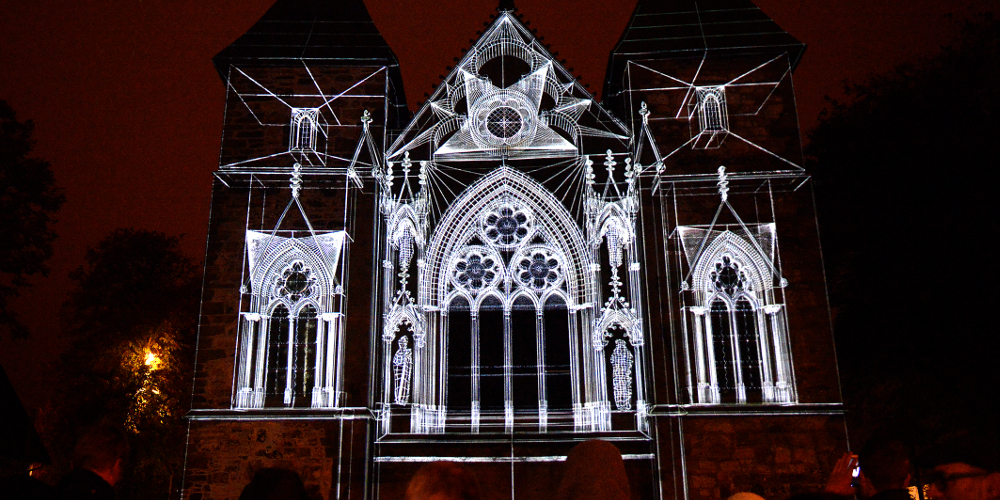 Architectural Mapping by Bordos.ArtWorks at Stavanger Domkirke during the Screen City Festival 2013, photo: Jonas Haarr Friestad
Architectural Mapping by Bordos.ArtWorks at Stavanger Domkirke during the Screen City Festival 2013, photo: Jonas Haarr Friestad
What other programs are back again, and what new ones have been added?
Christine Schöpf: Well, in light of all the mapping entries we received, it was clear from the start that this program would be added. Comedy, narration, experimental, abstract are represented every year. Microcosm-macrocosm is a new theme, which we named Inner Worlds because of the manifold perspectives inherent in it. But basically, the programs are more or less the same every year.
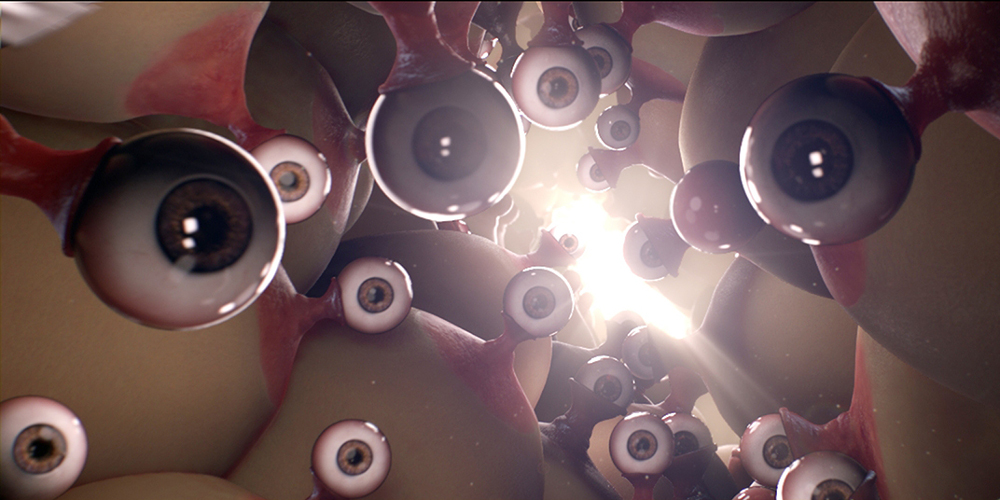 Endtrip – Olivier Ballast, Koen de Mol, Rick Franssen (The Outpost) (NL)
Endtrip – Olivier Ballast, Koen de Mol, Rick Franssen (The Outpost) (NL)
The Animation Festival showcases a cross-section of the work filmmakers are currently doing. You mentioned mapping as a notable trend. What are some of the others?
Christine Schöpf: There were many different kinds of works in which this mapping aspect played a role. Up to now, these were always so-called traditional mappings—that is, mapping on the inside of the dome of a cathedral or some other building, moving water surfaces and landscapes. A particularly interesting example that’s new this year is “The Box,” a documentary film that shows the making of this mapping with robot-controlled projectors on a moving surface. The result is truly impressive, both visually and technically.
And there are some very interesting works that I call sculptural. The Golden Nica recipient in the Computer Animation category is a wonderful example of this. “Walking City” is an allusion to Archigramm, a group of avant-garde architects, and their “moving” city, a symbiosis of architecture, sculpture, motion and sound. “Walking City” wasn’t conceived for a movie theater but rather for a large-scale projection in an exhibition. There’s been a growing number of examples of this in recent years, so this is another interesting trend.
We’re all familiar with special effects. Even if these films entail a lot of technological innovation, we really didn’t notice anything totally new this year, so we didn’t create a separate themed program. But keep in mind: you can do things on a PC nowadays that used to require massive computing infrastructure, and there are copious examples of this on the Animation Festival lineup this year. So, we have indeed given due consideration to this development.
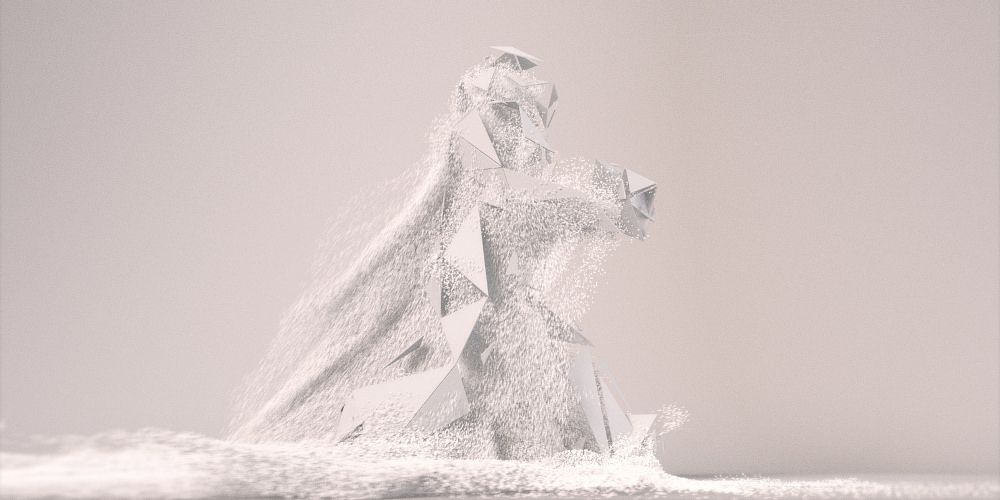 Walking City – Matt Pyke (Universal Everything) (GB)
Walking City – Matt Pyke (Universal Everything) (GB)
That brings us to Young Animations. How do these works differ from those of grown-ups?
Christine Schöpf: Of course there are differences but they’re not so astounding. Take, for example, the Golden Nica prizewinner in the u19 CREATE YOUR WORLD category. This young lady used found footage—another major trend in recent years—to make what truly does amount to a new film. Needless to say, it can’t compete in the same league as a work by an artist like Quayola, for instance, but it’s amazing how professionally young filmmakers go about their work—camera, lighting, dramaturgy, etc. It’s incredible! Last year, a boy who hadn’t even turned 14 submitted a film to the Prix Ars Electronica to which our first reaction was that there’s no way he could have done this on his own. Finally, shortly before the final verdict, the jury actually called him up and asked him tricky questions, ones that he would be able to answer only if he really had made the film alone, and he was able to answer every one!
Are there differences between films submitted to the Japan Media Arts Festival and those entered for Prix Ars Electronica prize consideration?
Christine Schöpf: Yes and no. It’s undoubtedly the case that different cultures bring forth different themes and different modes of filmmaking. But many of the entries to the Prix Ars Electronica are works from China and Japan. So, the Japan Animation Festival doesn’t differ so dramatically from the rest of the Animation Festival, but cultural differences are noticeable. It often begins with the story itself. Many years ago, we received a really great film—superbly made—but we didn’t really understand the plot. Thank God, one of the jurors was Japanese. The subject of this animated work was the cherry blossom festival and the attendant rituals. So he explained the story to us, and the work was honored with the Golden Nica! But this isn’t just a matter of the plot—the coloring, transparency, movement, sound, a special look, set Asian films apart from those made elsewhere.
The Ars Electronica Animation Festival will be running Thursday to Monday, September 4-8, in Central Linz. Program details and opening hours are online at https://ars.electronica.art/c/en/ars-electronica-animation-festival-2014/
